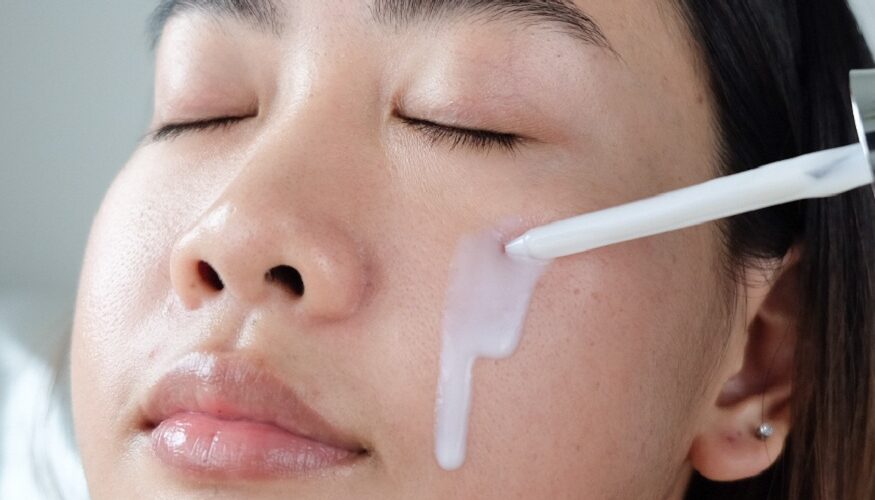Do you have oily skin? Are you constantly reaching for tissues or blotting papers to soak up excess shine? Oily skin occurs when your sebaceous glands produce too much sebum, making it essential to incorporate active ingredients into your skincare routine.
The right actives can help regulate oil production, prevent breakouts, and improve skin health. However, using the wrong ones—or applying them incorrectly—can do more harm than good.
In this guide, we’ll break down the essential dos and don’ts of using active ingredients on oily skin so you can keep shine in check and maintain a healthy appearance. Let’s dive in and take on this skin type like a pro!
The Dos
1. Go for Non-Comedogenic Products
When selecting a skincare product for your oily skin, make sure it’s labeled “non-comedogenic.” These products won’t clog pores, making them perfect for oily skin prone to breakouts. Look for ingredients like salicylic acid, niacinamide, and hyaluronic acid to help control oil without causing buildup.
2. Choose Gentle Exfoliants
Exfoliating is important for oily skin, but harsh scrubs can irritate the skin and lead to more oil production. Instead, choose gentle chemical exfoliants like salicylic acid or glycolic acid to unclog pores and smooth the skin without causing harm.
Along with exfoliants, make sure to hydrate your skin with lightweight, oil-free moisturizers. Skipping moisturizer can trigger more oil production. Look for ingredients like hyaluronic acid and niacinamide to help maintain a healthy moisture balance.
3. Try Retinol
Retinol for oily skin? While it’s known for fighting wrinkles and fine lines, its benefits include more than just anti-aging. Retinol stimulates cell turnover, helping dead skin cells shed and be replaced by fresh, new cells. This process not only helps control oil production but also prevents breakouts. Plus, it gives your skin a glowing, youthful look. Start with a lower concentration and use it 2–3 times a week, gradually increasing the frequency to avoid irritation.
Looking for a retinol face serum for oily skin? Try Olay Regenerist Retinol24 Night Serum. This potent formula combines two effective ingredients—retinyl propionate (a more stable, bioavailable form of retinol) and niacinamide—to hydrate your skin for 24 hours and visibly reduce fine lines and wrinkles in just 28 days. It also helps improve smoothness, brightness, and firmness, reduce dark spots, and unclogs pores. Fragrance-free and dye-free, it’s perfect for beginners. With Olay’s night serum, you’ll be free from skin concerns that hold you back!
Also Read: Why serum is a must have in your skincare routine?
4. Stick to a Consistent Skincare Routine
Consistency is key when using active ingredients. Oily skin benefits from a balanced routine that includes a gentle cleanser, targeted serums, an oil-free lightweight moisturizer, and sunscreen. Sticking to a routine ensures your skin adapts to the actives without unnecessary irritation.
The Don’ts
1. Go Overboard with Actives
It can be tempting to use strong actives daily for quicker results, but overusing them can damage your skin’s natural barrier, causing more sensitivity and oil production. Follow the product instructions and start slowly.
When using multiple actives, be careful not to mix them without knowing. Combining certain ingredients can irritate and damage your skin barrier. For example, avoid using retinol with AHAs/BHAs or vitamin C with niacinamide together. To use them safely, alternate them on different days or apply them at different times.
2. Avoid Sunscreen
Sunscreen is a must, even for oily skin. Active ingredients like AHAs, BHAs, and retinol can make your skin more sensitive to the sun, increasing the risk of damage and hyperpigmentation. Opt for an oil-free sunscreen to protect your skin without the greasy feel.
3. Skip Patch Test
Another important don’t is to do a patch test before adding any new active ingredient to your routine. Just apply a small amount of the product to a small area of your skin and wait 24 hours for any signs of irritation. This helps you check for potential reactions before using it on your entire face.
Take Away
Using active ingredients correctly can help manage oily skin. By choosing the right products, being consistent, and avoiding common mistakes, you can get clearer, healthier skin without irritation. Follow these dos and don’ts to make the most of your skincare routine and keep your oily skin under control!
Still unsure? A dermatologist can help you choose the best skin serums and creams for oily skin and create a routine that works for you.

